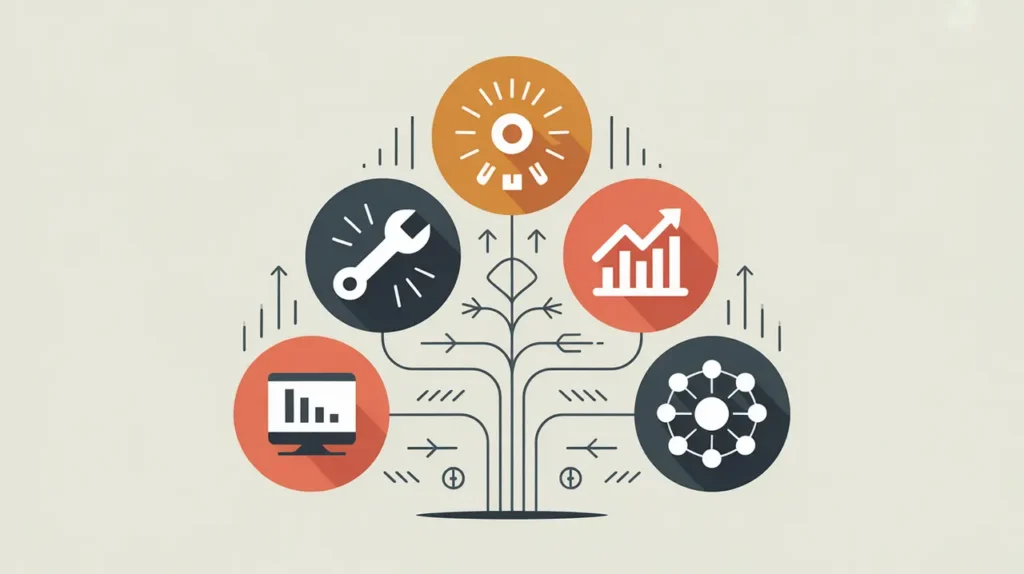Importance of Field Building
Field building strengthens the collective capacity of actors working on a common issue by developing the infrastructure, norms, and shared identity of an emerging area of practice. It matters because fragmented efforts often lack the coherence and resources needed to achieve systemic impact. In development and social innovation, field building ensures that innovations do not remain isolated projects but contribute to the growth of a robust ecosystem capable of sustaining change.
Definition and Features
Field building refers to the process of creating and strengthening the structures that support a community of practice or sector to grow and mature. Its defining features include:
- Knowledge Infrastructure – research, data, and evidence that define and legitimize the field.
- Shared Identity – common language, frameworks, and narratives that unify diverse actors.
- Capacity and Talent – training and pipelines to develop leaders and practitioners.
- Networks and Platforms – spaces for collaboration, convening, and collective action.
- Resource Mobilization – attracting and aligning funding to support field-wide priorities.
How this Works in Practice
In practice, field building might involve creating professional associations, establishing research centers, developing shared metrics, or launching platforms that connect practitioners. For example, the field of impact investing was built through the creation of common definitions, investor networks, knowledge repositories, and demonstration funds. Challenges include balancing inclusivity with coherence, avoiding dominance by a few large actors, and ensuring that proximate voices shape the field’s direction.
Implications for Social Innovation
Field building amplifies social innovation by moving beyond individual successes to create collective capacity for systemic change. It enables innovations to diffuse, gain legitimacy, and influence policy and markets. For funders and practitioners, investing in field building means supporting both programs and the connective tissue (research, convening, standards, and networks) that allows a field to thrive. Field building can turn scattered efforts into movements with the power to transform systems.







